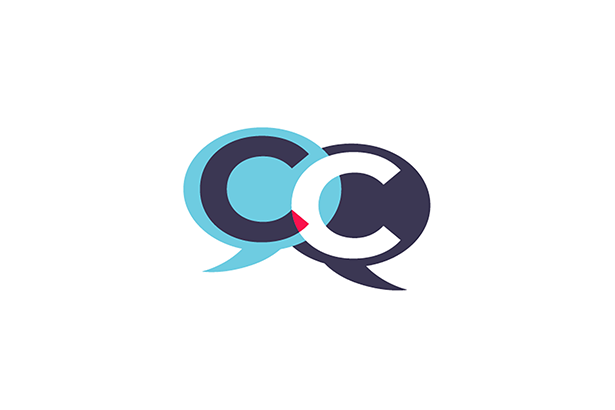If you’ve followed Lucy on social media, you’ll know she has a great passion for doing change well, and taking every opportunity to learn how to do it better! The pandemic created an opportunity for leaders to re-think change management, and has proved to be a huge disrupter to traditional tools and techniques. But why does this matter now, four years later? Well, it’s helping us to predict what future tools, methodologies and approaches will help us to drive change going forward.
Traditional ways of delivering organisational change have been process driven and sequential – we have tended to think of change as a series of steps we need to take. Whilst it’s helpful to break down into steps and build clarity, these approaches miss a crucial detail: that leading change is not a process, it’s a skill, and that skill is navigating tensions.
Almost everyone can come up with an example of a change journey gone wrong, or one that has lost it’s way. We set off with the best intentions but then don’t quite realise the benefits, or find that the world is moving quicker than our change programme. Sometimes we just get stuck, even though we’ve followed the appropriate (PRINCE2, Agile, ADKAR, Kotters steps, [insert any other popular approach here!]) tools. We hit resistance and try to plough through, or give in, without fully understanding where the resistance is coming from.
This is where we need to start thinking less about specific process, and pay more attention about what kinds of tensions we need to navigate and manage when it comes to our approach for change. Common ones include:
- Pace (revolution vs evolution),
- Planning (planned vs responsive),
- Governance (tight vs loose),
- Leadership (directive vs co-designed), and
- Driver (people vs process).
What many traditional approaches to change try to do is mandate solutions to these, without understanding that context changes. In fact, there is no one right answer to any of these, and the approach needs to be different for different organisations (and indeed different changes). This means that change leaders of the future need to apply judgment and adapt their approach to the specific context and culture of their organisation. If we view change leadership as the ability to acknowledge and respond to these tensions, rather than blindly follow a rigid process, we enable leaders to think about resistance in a more meaningful way.
So what does this mean going forward? It means we need to understand culture and how it affects change; design and tailor our approach to fit the specific change; resource the change adequately; and develop the skills of leaders and managers to deal with ambiguity and judgment.
In short, change leaders of the future need compasses not maps!
If you’d like to read more about Lucy’s predictions for the future of change, download the full report below.
